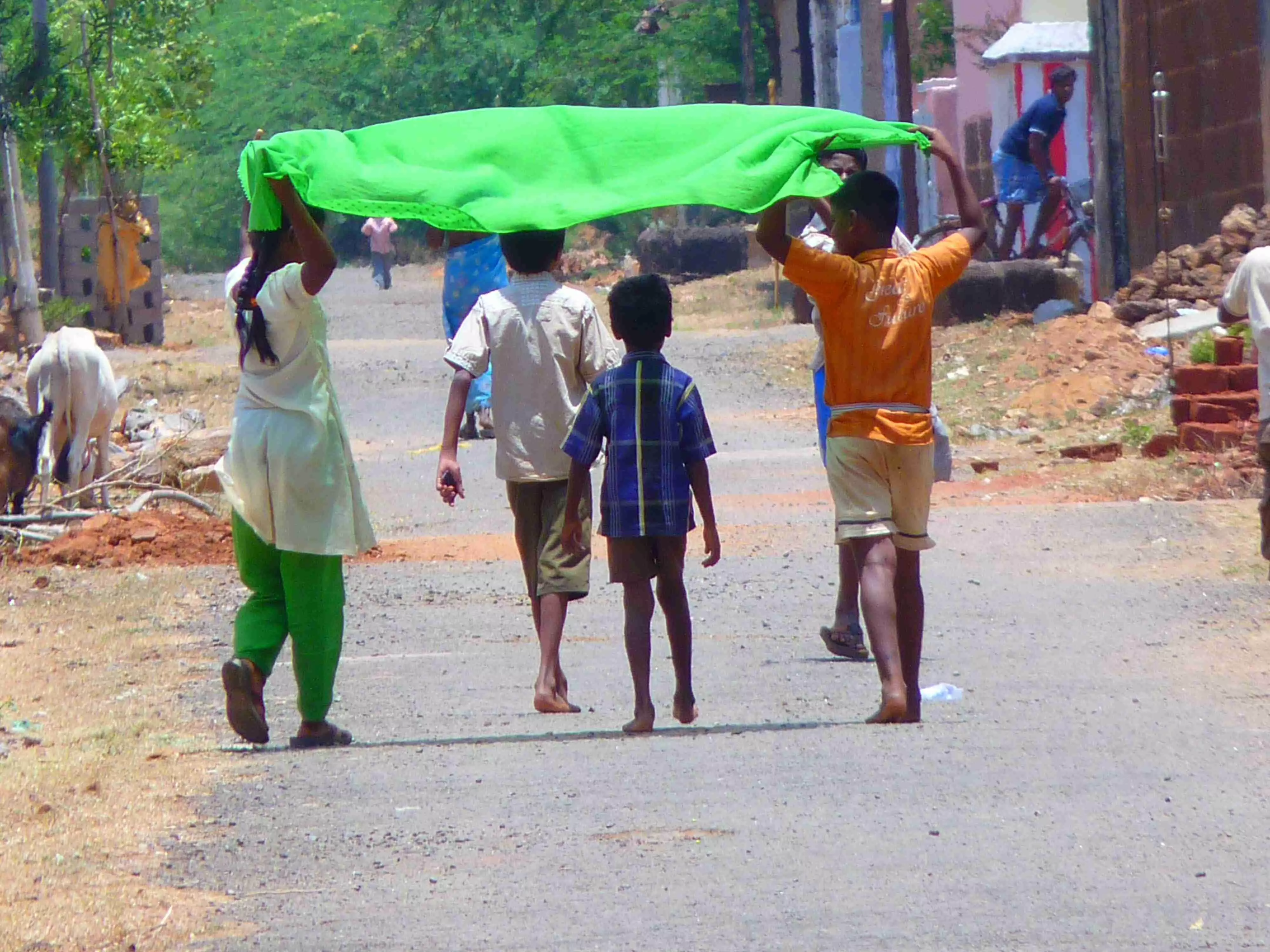Facing the heat

11 individuals succumbing to heatstroke during the Maharashtra Bhushan Award ceremony in Navi Mumbai on Sunday was not at all a usual occurrence. It was a manifestation of human-induced climatic aberrations. Certain alterations in climatic patterns and weather cycles are irreversible in nature. Accordingly, the human approach towards dealing with such crises needs to be evolved in a manner that is more proactive and cautious. The Indian Meteorological Department (IMD) has issued a heatwave alert in five states — Maharashtra, Bihar, New Delhi, Odisha and West Bengal. It is reassuring that West Bengal has closed all educational institutions in the state, except those in Darjeeling and Kalimpong districts, for a week starting from April 17. Citizens in the state should show matching caution by avoiding unnecessary outings in the noon and keeping themselves appropriately hydrated all the time. The potential for serious health risks may be more pronounced in the states and regions that are proximate to sea or other large water bodies. The reason behind such vulnerability is the existence of high humidity in such areas. If one considers the death of 11 individuals in Maharashtra, it was not totally on account of high temperature, because the temperature in surrounding areas was only marginally higher than the normal temperature. Apparently, the deaths could have occurred on account of a phenomenon called wet-bulb temperature. Wet-bulb temperature combines the effect of dry air temperature and humidity, effectively measuring the heat-stress conditions on humans. In simple terms, evaporation is a surface phenomenon and has a cooling effect. While the top layer of liquid evaporates due to the effect of heat, it cools the subsequent lower layer by absorbing heat from it. This phenomenon is of vital importance when it comes to cooling the human body. However, in case there is high humidity, i.e., the surrounding air is already loaded with an ample amount of water in the form of moisture, the environment’s capacity to evaporate water from the human body gets limited. The heat gets trapped in the body, which could turn fatal. Essentially, there is a differential threshold between the ‘criticality’ of dry air temperature and wet bulb temperature. Wet-bulb temperature can be critical at 35 degrees Celsius in normal geographies, basically plains. A wet-bulb temperature of 35 degrees Celsius can be compared to a combination of 40 degrees Celsius dry air temperature and 75 per cent humidity. The actions of citizens and authorities should be guided not just by dry air temperature readings, but also by a perceptive feeling of well-being, if not the calculation of wet-bulb temperature. A caveat must be put here though. Apart from temperature and humidity, there are other factors including solar radiation and wind speed that affect a person’s body temperature. Thus, a subjective approach to considering and ensuring safety has to be adopted. One of the best and simplest ways could be to go the traditional route. Drinking water facilities including large earthen pots, along with scattered shelters, can go a long way in relieving those who have no other option than to go out. Governments and corporations must promote the consumption of seasonal fruits with high-water content. Edible items like sattu, cucumber and stone apple (bael) should be made part of the daily diet. Consumption of fluids of several types should also be promoted. Along with humans, animals and birds, too, need to be protected through human effort. While lifestyle adjustment has become imperative, the larger risk that is knocking at our doorsteps can also not be overlooked. The clock is ticking fast, and humans, on the contrary, have been sluggish in their endeavour to tackle the menace of climate change. The urgency for the realisation that climate change has been exacerbating on a daily basis cannot be emphasised more. The excessive use of plastics, refrigerators, air conditioners and an endless list of items is making the path of survival bumpier. The year 2022 has been one of the worst years in terms of heat waves. The projections for 2023 are also discouraging. While shielding ourselves against the onslaught of heatwaves has become urgent, dealing with the root of the crisis i.e., climate change, is no less vital.



